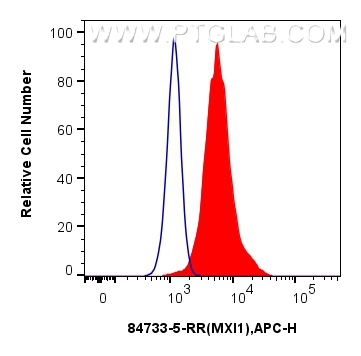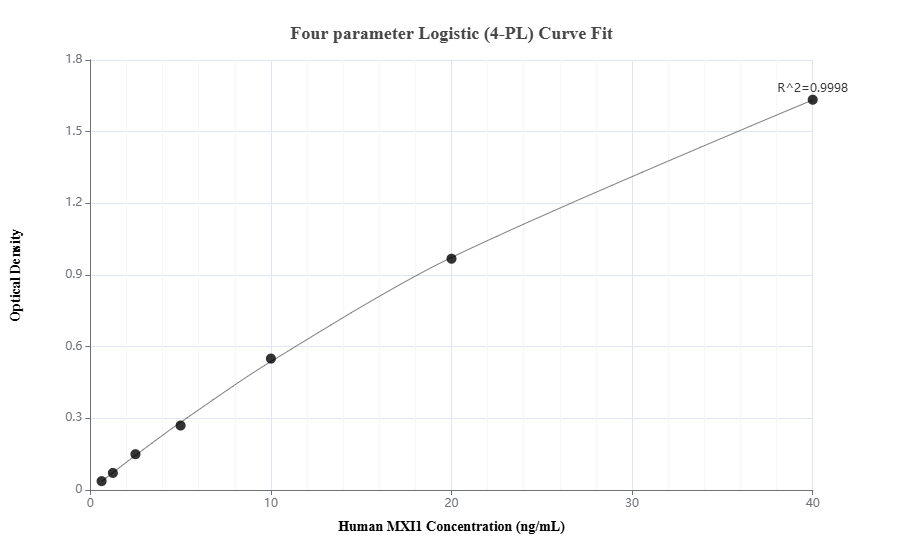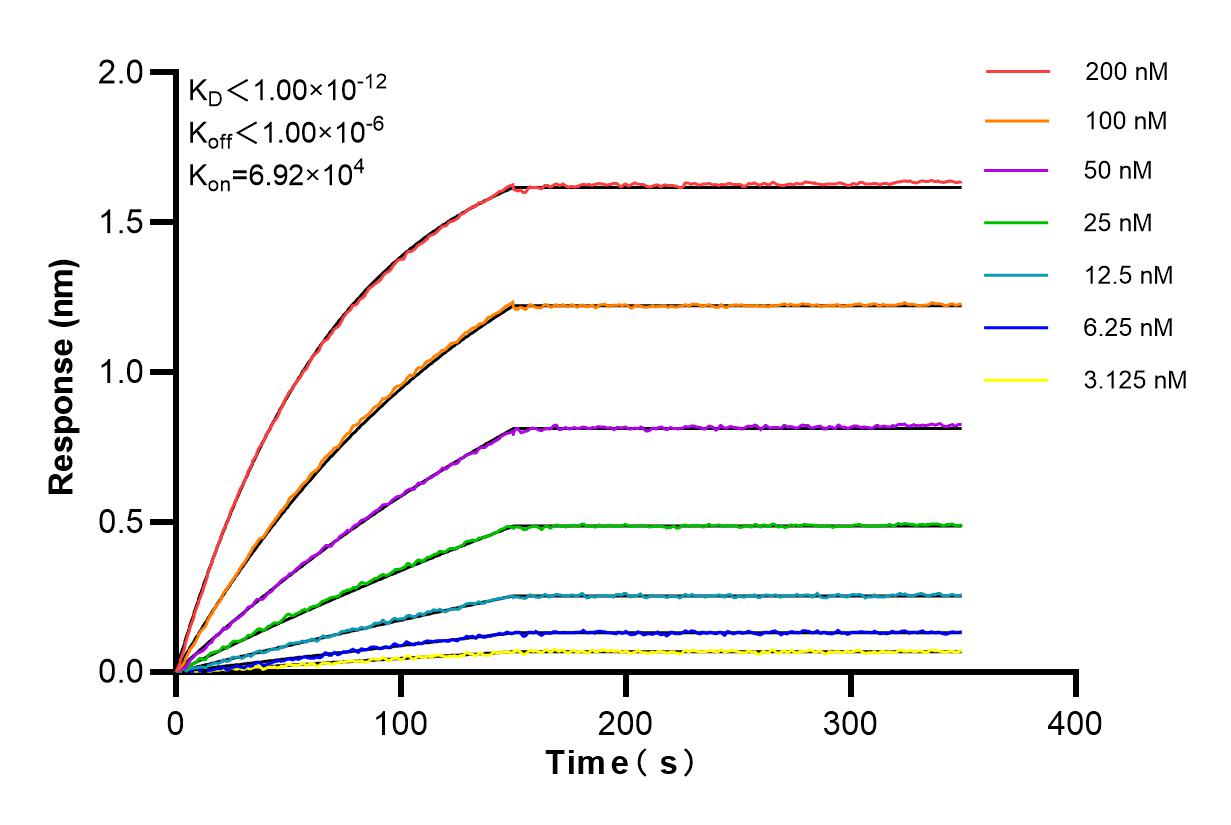验证数据展示
产品信息
84733-5-PBS targets MXI1 as part of a matched antibody pair:
MP01509-3: 84733-1-PBS capture and 84733-5-PBS detection (validated in Sandwich ELISA)
Unconjugated rabbit recombinant monoclonal antibody in PBS only (BSA and azide free) storage buffer at a concentration of 1 mg/mL, ready for conjugation. Created using Proteintech’s proprietary in-house recombinant technology. Recombinant production enables unrivalled batch-to-batch consistency, easy scale-up, and future security of supply.
This conjugation ready format makes antibodies ideal for use in many applications including: ELISAs, multiplex assays requiring matched pairs, mass cytometry, and multiplex imaging applications.Antibody use should be optimized by the end user for each application and assay.
| 经测试应用 | WB, FC (Intra), Sandwich ELISA, Indirect ELISA, Sample test Application Description |
| 经测试反应性 | human, mouse |
| 免疫原 | MXI1 fusion protein Ag3024 种属同源性预测 |
| 宿主/亚型 | Rabbit / IgG |
| 抗体类别 | Recombinant |
| 产品类型 | Antibody |
| 全称 | MAX interactor 1 |
| 别名 | MAX interactor 1, Max interacting protein 1, MAD2, Class C basic helix-loop-helix protein 11, bHLHc11 |
| 计算分子量 | 228 aa, 26 kDa |
| 观测分子量 | 36 kDa |
| GenBank蛋白编号 | BC012907 |
| 基因名称 | MXI1 |
| Gene ID (NCBI) | 4601 |
| 偶联类型 | Unconjugated |
| 形式 | Liquid |
| 纯化方式 | Protein A purfication |
| UNIPROT ID | P50539 |
| 储存缓冲液 | PBS only , pH 7.3 |
| 储存条件 | Store at -80°C. The product is shipped with ice packs. Upon receipt, store it immediately at -80°C |
背景介绍
MXI1 is a transcription factor containing a basic helix-loop-helix leucine zipper (bHLHzip) and belongs to the Myc-Max-Mad transcriptional network. It is a transcriptional repressor thought to negatively regulate MYC function, and is therefore a potential tumor suppressor. This protein inhibits the transcriptional activity of MYC by competing for MAX, another basic helix-loop-helix protein that binds to MYC and is required for its function. Defects in this gene are frequently found in patients with prostate tumors.




